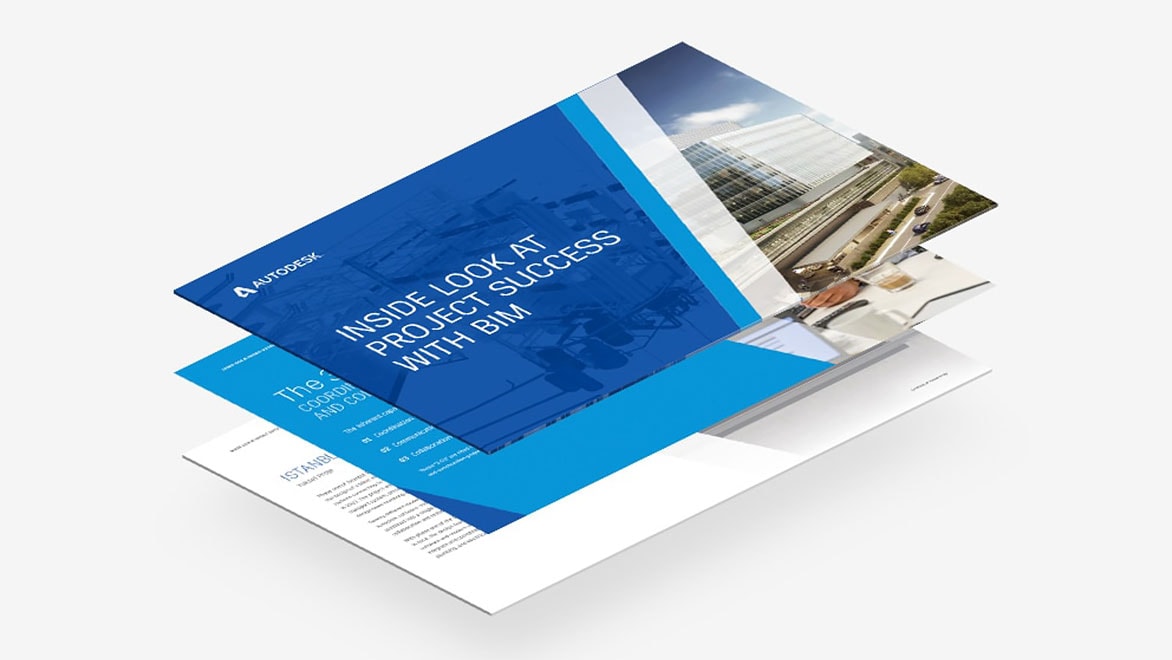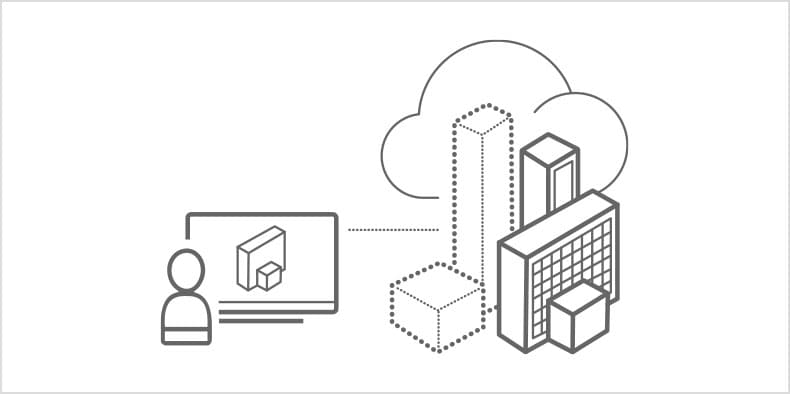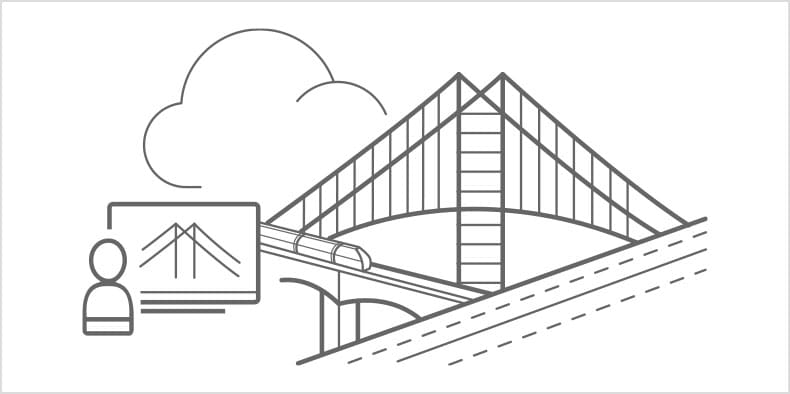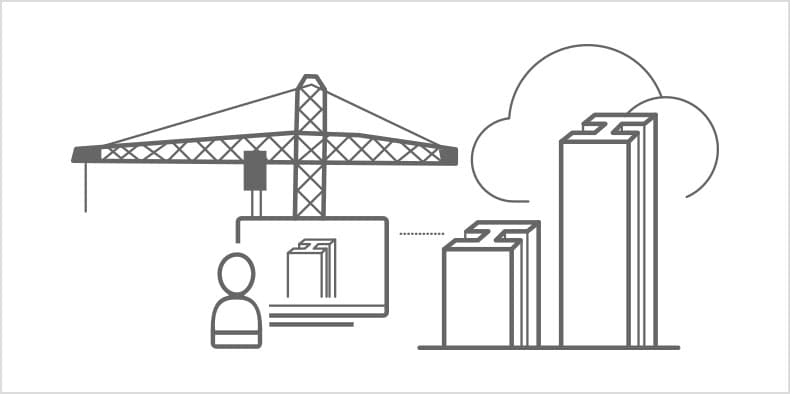What is BIM? (video: 2:22 min.)
DESIGN & BUILD WITH BIM
BUILDING INFORMATION MODELING
Building Information Modeling (BIM) is the foundation of digital transformation in the architecture, engineering, and construction (AEC) industry. As the leader in BIM, Autodesk is the industry's partner to realize better ways of working and better outcomes for business and the built world.
What is BIM?
Building Information Modeling (BIM) is the holistic process of creating and managing information for a built asset. Based on an intelligent model and enabled by a cloud platform, BIM integrates structured, multi-disciplinary data to produce a digital representation of an asset across its lifecycle, from planning and design to construction and operations.
How 12 outstanding projects used BIM
Get an inside look
According to the NBS National BIM Report 2019, ‘almost two thirds of those who have adopted BIM feel that they have done so successfully.’ To learn more, we’ve conducted a detailed analysis on how our customers are using BIM workflows to achieve their business objectives, by reviewing more than 500 projects recently submitted to the AEC Excellence Awards.

Subscribe to our newsletter
Sign up for our monthly newsletter and start getting the resources that will help transform your business.

A guide to your first BIM project
-
![]()
Building design
Learn how BIM (building information modeling) workflows automate the ordinary and can help you unlock new levels of creativity.
-
![]()
Infrastructure design
Enhance planning, design, and delivery of more scalable and sustainable civil infrastructure with a full range of tools.
-
![]()
Construction
Visually explore project constructability, manage your project cost more effectively, and better predict project outcomes.
FAQs
The difference between Revit and BIM is that BIM is a process – a methodology – for project teams to interface with technology to deliver better project outcomes in the AEC market, while Revit is a software platform designed to facilitate that process. The tools in Revit are specifically designed to support BIM, allowing users to create a structured, intelligent model with information stored in it.
The difference between 3D CAD modeling and BIM is that, while both processes provide geometric expressions of buildings and infrastructure, the BIM process goes beyond geometry to capture the relationships, metadata, and behaviors intrinsic to real-world building components. Combined with technology of the BIM ecosystem, this data drives improved project outcomes in a way that 3D modeling cannot.
Both CAD and BIM processes are used to capture and communicate the design and construction intent of an AEC project using a drawing representation, helping stakeholders understand what needs to be built, and how. BIM enables design and construction teams to leverage their technology investment to do much more. The BIM process supports creation and management of information across the lifecycle of an AEC project by federating all multi-disciplinary design and construction documentation into a common dataset. Since that data can be accessed in multiple representations, from 2D to 3D to tables, the information is far more accessible and connected than the disparate data sources associated with traditional CAD approaches.


